A Guide to Different Types of Butter and Their Use
Every butter tastes different and has its own application in the kitchen. It is important to know the structure of the butter in order to avoid unwanted cooking failures.
So we at 5-Minute Crafts have created a guide to help you to find the right butter.
1. Plant-based butter
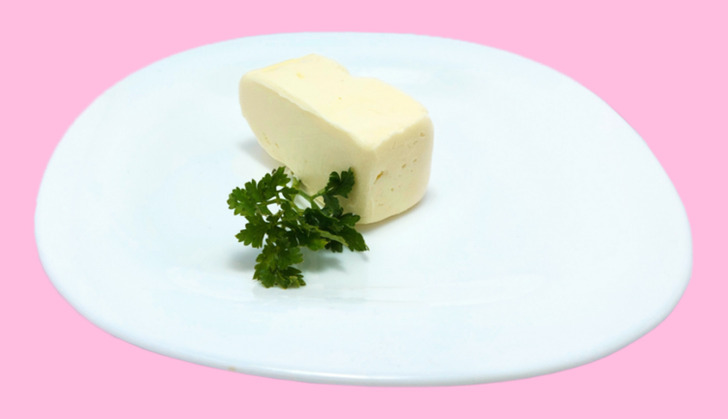
Plant-based butter is the best choice for vegans. It does not contain any animal products and is a healthier alternative to regular butter. This butter can be used in baking and cooking. It has the same flavor as regular butter with a little bit of an oily aftertaste. It is made from plant oil like coconut, avocado, olive, palm oil, and many others.
Note: Some of those oils can be bad for the environment, like palm oil.
2. Unsalted butter
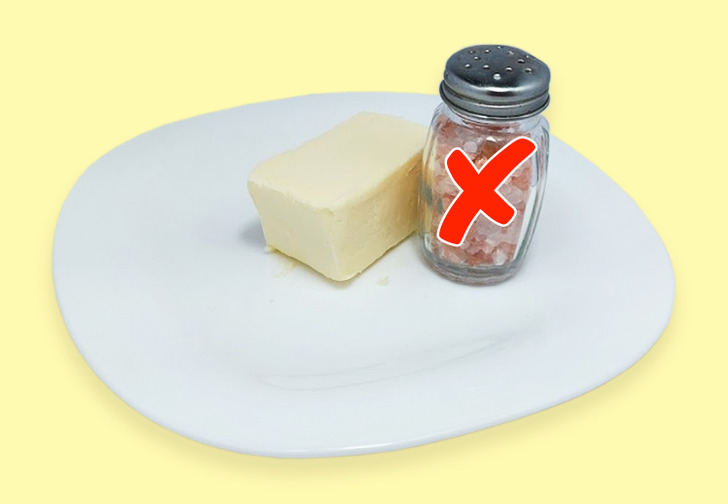
Unsalted butter is the best choice for you if you like baking. It has a mellow sweetness, a creamy flavor, a pale yellow color, and an 81.5% fat content. Is also used to create recipes because it does not contain any salt, and you can adjust the salt content in your recipe. It’s made out of cured fat without any salt added. You can make unsalted butter at home by putting heavy whipping cream in a jar and shaking it for 5-10 minutes.
3. Salted butter
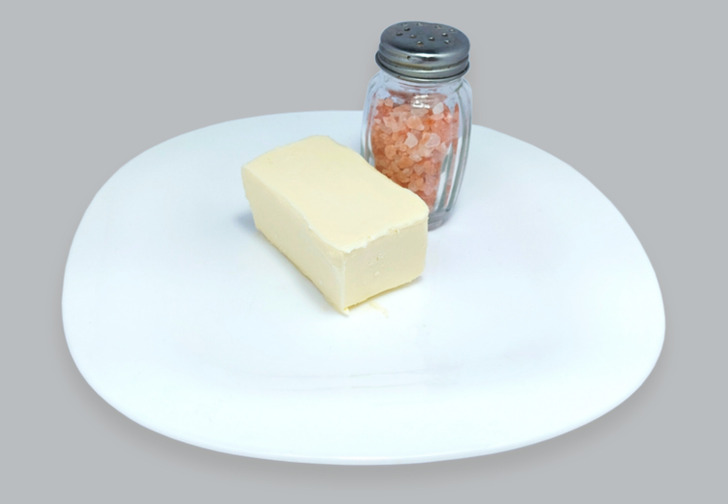
Salted butter is similar to unsalted butter but has salt added to it. The salt helps to add more flavor to the recipe that you are using this butter for. It has a pale yellow color and a mild creamy flavor. It can be used for pasta, eggs, and sautéing vegetables.
4. Organic Butter
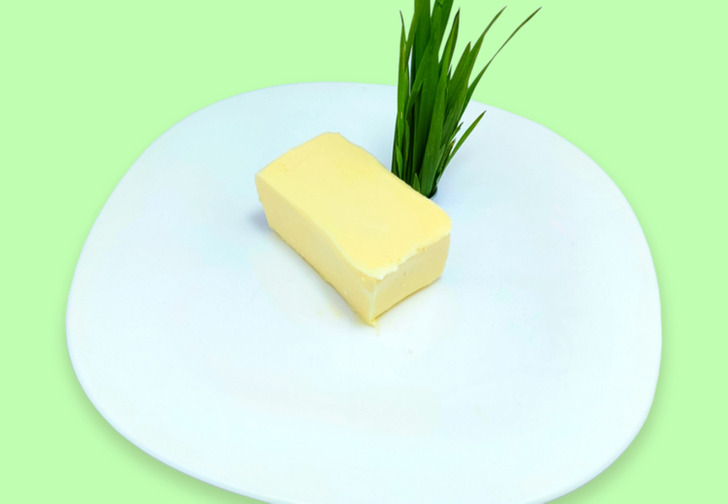
Organic butter, or grass feed butter, is a type of butter that comes from a cow that has been feeding on a pasture of grass for at least 120 days. The amount days may vary depending on the country. It contains more omega-3 fats and linoleic acids than regular butter. This butter is used for baking, cooking, or spreading on a toast, and it tastes similar to regular butter but a bit more intense.
5. European butter
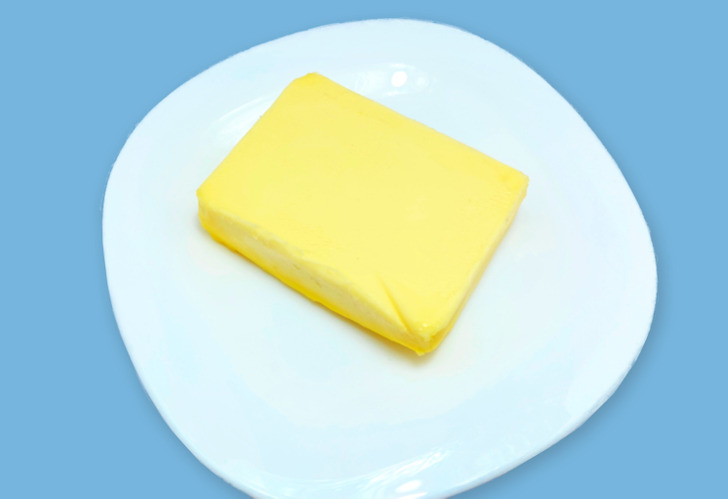
6. American butter
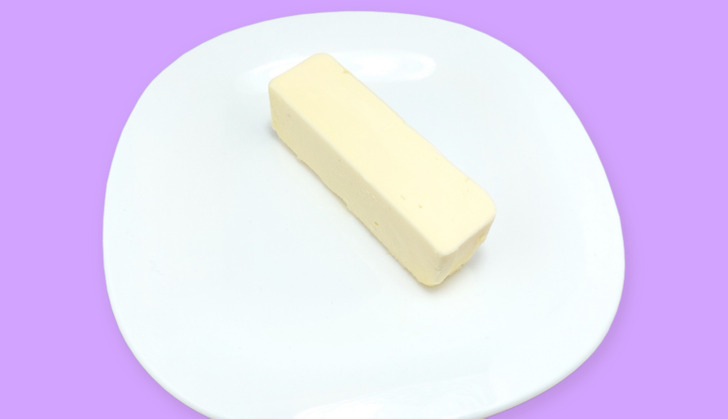
American butter has to have at least 80% butterfat. It is shaped like a stick and can be salted or unsalted. The unsalted one is good for baking and the salted one can be used for anything else. It has a different flavor compared to other types of butter, which is milder and often described as more neutral.
7. Clarified butter
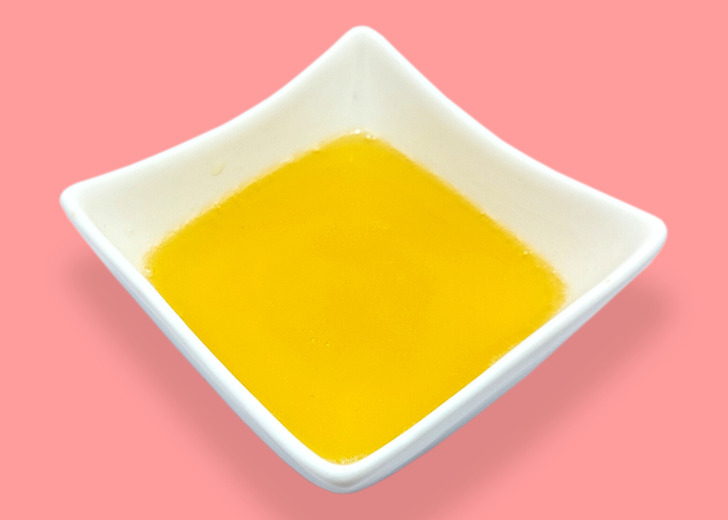
Clarified butter is made by skimming milk solids from the top of melted butter. It has a saffron yellow color and has a roasted, nutty, and greasy flavor. Clarified butter has a smoking point of 450°F which makes it a good option for frying. It’s also a great alternative to canola oil and goes well with seafood, fish, and vegetables. This type of butter is used mainly in Central Asia.
8. Margarine
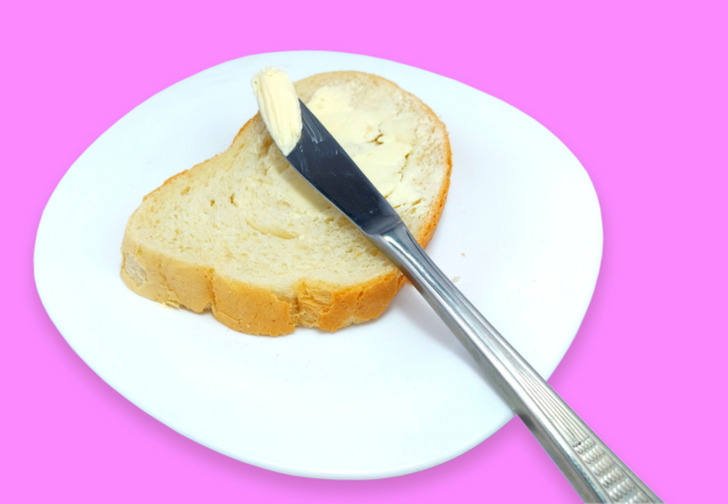
Margarine, also known as spreadable butter, is a mix of regular butter and vegetable grease and it is healthier than regular butter. It has a yellow color and a creamy aftertaste. It’s soft and spreadable, which makes it good for toppings like crackers, bread, vegetables, and snacks.
9. Compound Butter
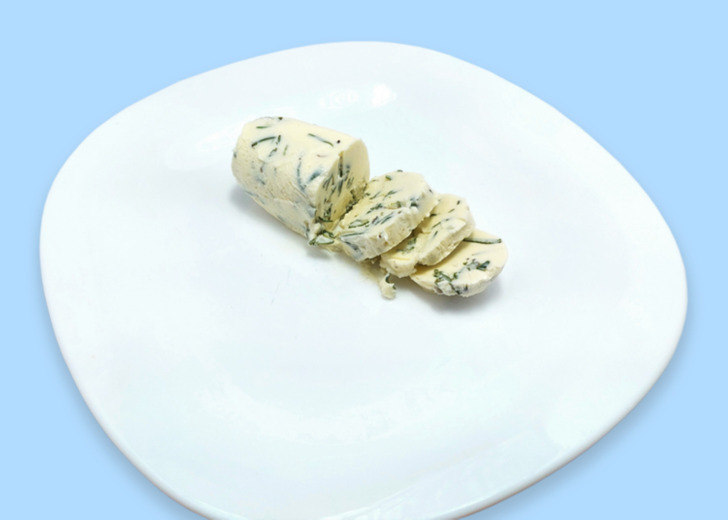
Compound butter is made from regular unsalted butter with added herbs inside like chives, dill, thyme, rosemary, and more. It is used for baking and enhancing the flavors of meat and vegetables. This butter is white with speckles, and the flavor depends on what herbs are added to the butter.
10. Browned Butter
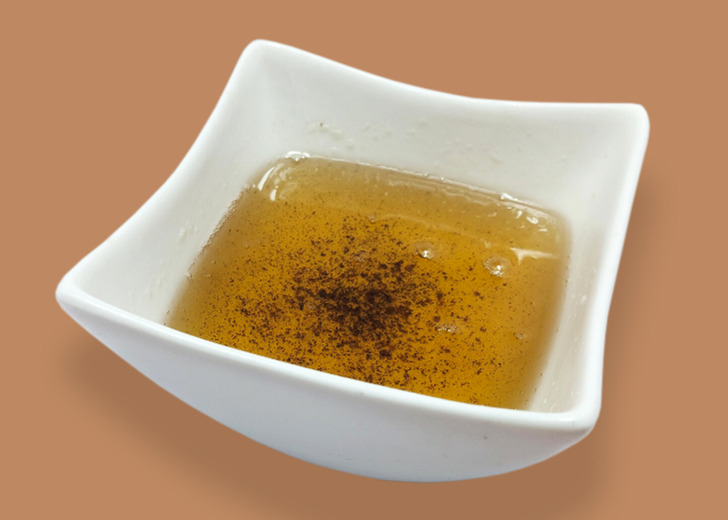
Brown butter is regular butter that has been cooking for a longer time. It has a nutty flavor and a brown color. This type of butter is used in the flour waffle mixes, cooking an egg, putting in popcorn, and many more things.